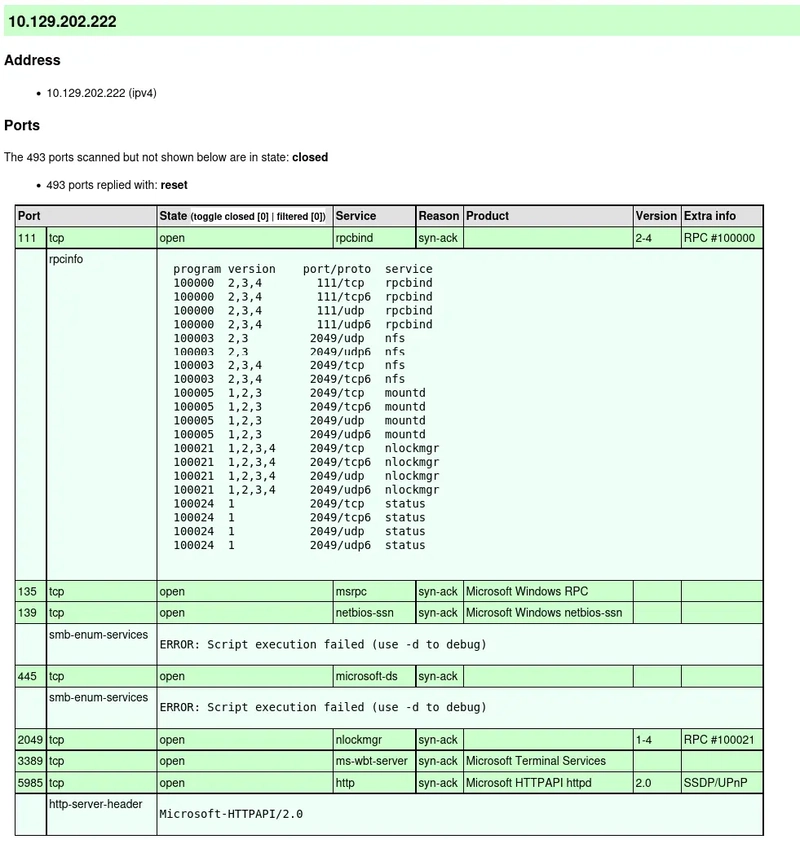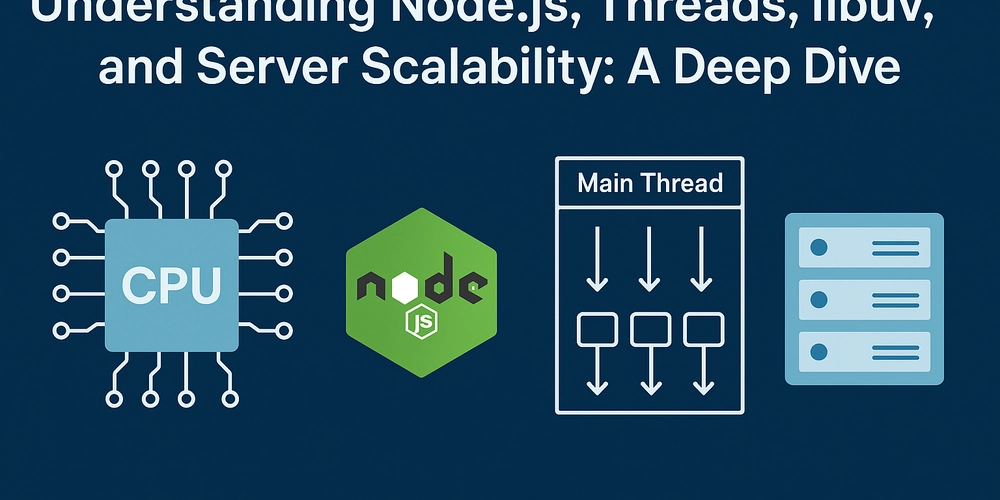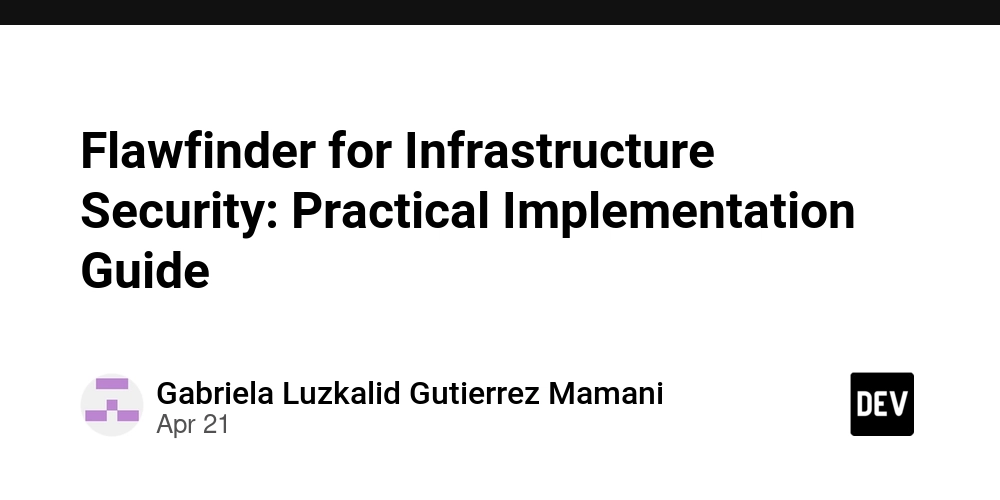How to Implementing SOAR To Reduce Incident Response Time Effectively
In the modern digital landscape, organizations are constantly challenged by an ever-increasing volume of security alerts, sophisticated cyber threats, and the ongoing shortage of skilled cybersecurity professionals. Security Orchestration, Automation, and Response (SOAR) platforms have emerged as a transformative solution to these challenges, enabling security teams to unify tools, automate repetitive processes, and respond to […] The post How to Implementing SOAR To Reduce Incident Response Time Effectively appeared first on Cyber Security News.

In the modern digital landscape, organizations are constantly challenged by an ever-increasing volume of security alerts, sophisticated cyber threats, and the ongoing shortage of skilled cybersecurity professionals.
Security Orchestration, Automation, and Response (SOAR) platforms have emerged as a transformative solution to these challenges, enabling security teams to unify tools, automate repetitive processes, and respond to incidents with unprecedented speed and accuracy.
Implementing SOAR not only streamlines cybersecurity operations but also significantly reduces incident response times, helping organizations protect their digital assets more effectively.
Optimizing Incident Response Through SOAR Architecture
The architecture of SOAR is built on three fundamental pillars: orchestration, automation, and response.
Orchestration refers to the integration of various security tools and technologies, such as Security Information and Event Management (SIEM) systems, firewalls, endpoint protection platforms, and threat intelligence feeds, into a single, cohesive ecosystem.
This integration allows for seamless data sharing and centralized visibility, which is essential for efficient incident management.
With all relevant information accessible from a unified dashboard, security analysts can quickly assess the context and severity of incidents without switching between multiple interfaces. Automation is the engine that drives SOAR’s efficiency.
By automating routine and repetitive tasks—such as log analysis, alert triage, ticket creation, and IP blocklisting SOAR platforms free up valuable analyst time and ensure that critical steps are executed consistently and without delay.
This not only reduces the risk of human error but also accelerates the overall incident response process.
For example, when a suspicious login attempt is detected, a SOAR platform can automatically gather contextual information, check the reputation of the source IP, and, if necessary, block the IP and alert the security team—all within seconds.
The response component of SOAR provides structured workflows and playbooks that guide analysts through every stage of incident handling.
These playbooks standardize the response process, ensuring that incidents are managed in accordance with best practices and organizational policies.
By following predefined steps, security teams can respond to incidents more quickly and effectively, minimizing the potential impact of security breaches.
Key Metrics Improved By SOAR
One of the most compelling benefits of SOAR implementation is its impact on critical incident response metrics.
Mean Time to Detect (MTTD) is reduced as SOAR platforms correlate alerts from multiple sources, enabling faster identification of genuine threats while filtering out false positives.
Mean Time to Investigate (MTTI) is also significantly lowered, as automated enrichment and analysis provide analysts with all the necessary information to make informed decisions without manual data gathering.
- Most importantly, Mean Time to Respond (MTTR) is dramatically shortened, as playbooks automatically execute containment and remediation steps, such as isolating compromised endpoints or blocking malicious domains, often within minutes rather than hours.
- Organizations that have successfully deployed SOAR frequently report reductions in MTTR by 60 percent or more.
- This improvement not only enhances the organization’s security posture but also allows security teams to focus on more complex, high-value tasks, such as threat hunting and proactive risk management, rather than being bogged down by repetitive manual processes.
Seamless Integration For Immediate Impact
Implementing SOAR should be approached strategically and in phases to maximize its effectiveness and minimize disruption to existing operations.
The initial phase involves integrating technologies that do not require significant infrastructure changes.
For instance, connecting SIEM platforms for alert ingestion, threat intelligence feeds for incident enrichment, and ticketing systems for automated case management can typically be accomplished with minimal configuration.
Utilizing APIs and standardized naming conventions ensures seamless data exchange and operational consistency across all integrated systems.
Once these foundational integrations are in place, organizations can expand their SOAR implementation to include more advanced capabilities, such as automated vulnerability scanning, endpoint isolation, and integration with cloud security tools.
This phased approach enables organizations to demonstrate quick wins, build stakeholder confidence, and gradually scale their SOAR capabilities in alignment with their evolving security needs.
Building And Refining Effective Playbooks
Playbooks are the operational backbone of SOAR, translating incident response procedures into automated, repeatable workflows.
A well-designed playbook starts with clearly defined trigger conditions, such as a certain number of failed login attempts or the detection of known malware signatures, which initiate the response process.
Automated containment actions, like disabling compromised accounts or quarantining suspicious emails, are executed promptly to mitigate potential damage.
Escalation protocols are incorporated to ensure that high-severity incidents are routed to senior analysts for further investigation and decision-making.
Playbooks must be tailored to the unique needs and risk profile of each organization. They should align with internal policies, regulatory requirements, and industry best practices.
Regular testing and updates are essential to ensure that playbooks remain effective in the face of evolving threats and changes in the organization’s IT environment.
For example, after a real-world incident, a post-incident review might reveal opportunities to refine playbook steps, eliminate unnecessary manual interventions, or improve communication protocols.
A robust playbook not only streamlines response but also ensures that every incident is handled according to established standards, reducing the likelihood of oversight or non-compliance.
Organizations that invest in comprehensive playbook development often see dramatic improvements in response times, incident containment, and overall security posture.
Measuring SOAR Effectiveness And Driving Continuous Improvement
Evaluating the effectiveness of a SOAR implementation requires a holistic approach that goes beyond traditional metrics like MTTD and MTTR.
While these metrics remain important, organizations should also consider adopting broader frameworks, such as CARE, which stands for Consistent, Adequate, Reasonable, and Effective.
This framework encourages organizations to track not only how quickly incidents are resolved but also how consistently security policies are enforced, the adequacy of endpoint protection coverage, the reasonableness of workflow delays, and the effectiveness of the overall response in reducing recurring issues like misconfigurations.
Continuous Improvement And Advanced Analytics
Continuous improvement is essential to maximizing the value of SOAR. Post-incident reviews should be conducted regularly to analyze playbook performance, identify false positives or inefficiencies, and implement necessary adjustments.
Integrating threat intelligence and machine learning further enhances SOAR’s capabilities, enabling proactive defense against emerging attack techniques and reducing response times to novel threats.
By leveraging advanced analytics and regular feedback loops, organizations can ensure their SOAR implementation remains agile and effective against both current and future threats.
Furthermore, organizations should track additional metrics such as analyst workload reduction, threat intelligence utilization rates, and the frequency of manual interventions.
These insights help quantify the operational benefits of SOAR and identify areas for further optimization.
Regular training and upskilling of security staff are also crucial to ensure that teams can fully leverage the capabilities of the SOAR platform.
In summary, implementing SOAR transforms security operations from reactive and fragmented to proactive and streamlined.
By focusing on phased technical integration, dynamic playbook development, and comprehensive performance measurement, organizations can achieve significant reductions in incident response times and build a more resilient cybersecurity posture.
This structured approach not only addresses today’s security challenges but also lays the foundation for adaptive, future-proof defense strategies.
Find this News Interesting! Follow us on Google News, LinkedIn, & X to Get Instant Updates!
The post How to Implementing SOAR To Reduce Incident Response Time Effectively appeared first on Cyber Security News.









































































